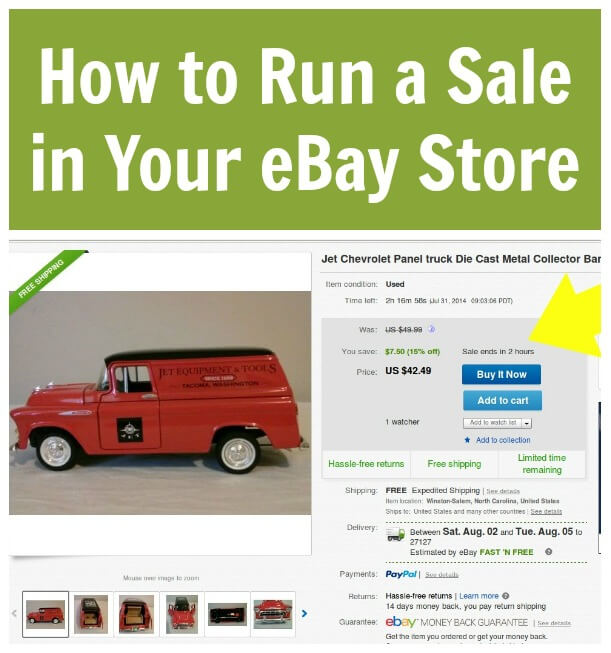In today’s digital world, possessing a website is an integral part of marketing for any business with the hope of survival so it is important to learn how to setup a WordPress site with zero technical experience.
Many organizations face the problem of efficiently budgeting for a new site, but with the usage of WordPress, the larger part of the issue can be solved.
Meanwhile, hiring a WordPress technology expert does not come cheap too.
This is despite the fact that the knowledge of PHP, HTML, Javascript and CSS programming languages is not needed to operate and set up the WordPress Content Management System (CMS).
This means anybody with zero technical experience can set up a WordPress website without the need to hire any professional.
Below are some tips on how to set up a WordPress site yourself; no coding knowledge is required;
Table of Contents
Choose and buy a domain name
A domain name is simply what users type in the URL box to locate your site.
If you found my site through Google, then you must have first typed Google URL (domain name) into your browser, and also, when you check the URL box of your browser, a link to this site will be displayed.
This shows that you need a domain name for your site to be visible on the internet.
For the sake of clarification, wparena is the domain name of this site, while www.thinkingoutsidethebox.ca is the URL.
The .com is what is called a domain extension and may vary.
Some sites have .co.uk; .org; .edu, etc as their domain extension.
How to choose a domain name:
Generally, domain names are registered for a fee which in most cases are renewed over a period of time, with annual renewal being the most common plan offered by registrars.
It is recommended to select a domain name that is related to your business or brand.
Even though this does not imply that choosing a non-related name could make your site invisible, a name that resonates with prospects makes your marketing easier.
If the name you prefer is not available, you can learn how to buy or sell a domain name here [https://saw.com/appraisals/].
Host the new domain
After successfully registering your domain name, choose a good hosting provider.
A hosting provider helps save your site’s data such as articles, pictures, videos, and other uploads and make them available to visitors.
When choosing a hosting service, consider the following:
- Price/Budget: The cost of hosting charged by these service providers varies. Choose the best for your budget.
- Uptime/Downtime: Uptime measures the time your site is accessible for visitors, while downtime is when they are unable to access your site due to issue(s) with the hosting server. Check reviews of the hosting service to know how good their uptime is.
- Customer Service: As a newbie, a hosting service provider with prompt customer service is best. Many times, their support center would be the one to help fix any error you might unknowingly cause on your site. If they delay in response, then customers are likely to be unable to reach you during those times.
Setup your site
To set up your site, you will need to download the WordPress CMS to your server.
This can be done using the cPanel or hPanel, depending on the web software your hosting is using.
After this, you can download the preferable theme, a template for how you want your site to look.
There are free and paid themes available to download, install and activate for your site.
The amazing thing is that everything can be done by simple scrolls and clicks without any need for writing a single line of code.
How to set up your WordPress site:
YouTube: There are lots of video guides available for free on YouTube on how to set up your WordPress site.
Type keywords related to the action you need performed and choose from the results.
Hosting Service Blogs: Hosting service providers usually have a blog section where they highlight solutions to problems customers are likely to experience.
For complicated issues while setting up your WordPress site, customer support may also be of help.
WordPress-focused technology platforms: Blogs like WPArena contains a lot of content related to WordPress.
Surfing them can give you guides on things to do and what to avoid on your site.
Install Plugins
Plugins are small software applications installable on WordPress for specific incorporate specific functionality on your site.
There are plugins for almost anything you might need on your site.
Meanwhile, it is advisable to only install those you need the most and avoid, if possible, outdated software such as those with last updates more than six months ago.
Things to do after setting up your WordPress site
After setting up your WordPress site, work is not yet done.
You need every visibility your site can get and also ensure the user experience is optimal.
Below are some things you may want to consider:
- Search Console: Once your site is up and running, register it on Search Consoles, notably Google Search Console and Bing Webmaster. It will improve the time it takes search engines to crawl your site and rank it.
- Google Page Insights: This is a tool developed by Google to help analyze your site and reveal ways you can improve the site for a better user experience.
- Cloudflare: This is a content distribution network (CDN) that increases your site loading speed and also provide better security, especially against DDoS attack. Depending on your budget, Cloudflare has both free and paid versions.








